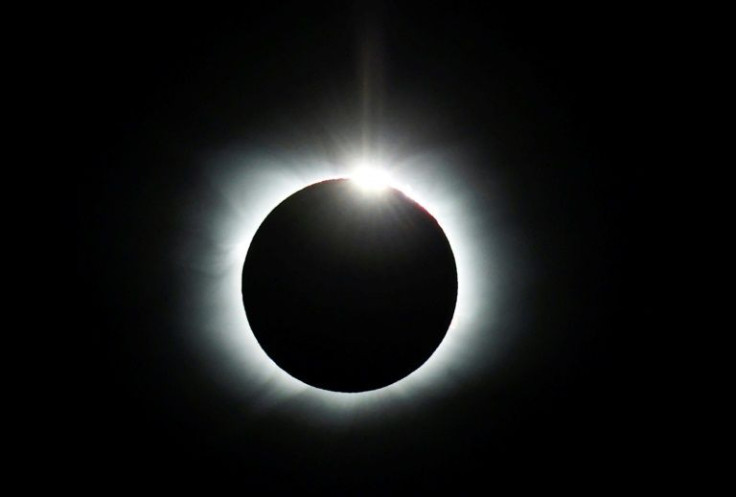Solar Eclipses In US: 3 Upcoming Cosmic Marvels Coming North America's Way
Space enthusiasts and eclipse-chasers in North America will miss this year's second and final solar eclipse. However, the region will be witnessing a flurry of cosmic spectacles in this decade. At least six solar eclipses will be visible from the U.S. between 2023 and 2029.
During the solar eclipse on Oct. 25, the moon is expected to cover as much as 82% of the sun for spectators. The best view of the phenomenon will be available from Russia, while the U.S. will be on the night side of Earth. The eclipse is expected to last for about 100 minutes, The Indian Express reported.
The partial eclipse will also be visible to people in Europe, the Middle East, North Africa, Central and South Asia.
While the October solar eclipse may not be visible to people in North America, they have a lot in store in the coming years. North America will experience at least six similar cosmic events by the end of this decade.
October 15, 2023
The closest solar eclipse that will be seen in U.S skies is expected to take place on Oct. 15, next year. The annual solar eclipse, commonly known as "The Ring of Fire," will be visible from nearly all major American cities. It is expected to last for over four minutes, according to Forbes. The best view is expected to be from areas like Crater Lake National Park, Bryce Canyon National Park and Natural Bridges National Monument.
April 8, 2024
A rare solar eclipse will be seen in the United States in April 2024. Defined as "the big one", the moon will reportedly fully block sunlight for more than four minutes. While a partial eclipse will be visible across the U.S., at least 13 states will see a total solar eclipse. It will also be seen in Mexico.
January 14, 2029
While regular solar eclipses are expected to be seen in the U.S. in 2026, 2027 and 2028, the one in early 2029 is expected to conclude the eclipse season of this decade. The partial solar eclipse will be exclusively visible in North America, with parts of Canada also getting a share of the spectacle. While Montana is expected to see a 71% eclipsed sun, New York City will have a 40% view, according to Forbes. In Canada, the eclipse is expected to be combined with aurora borealis.

© Copyright IBTimes 2024. All rights reserved.





















